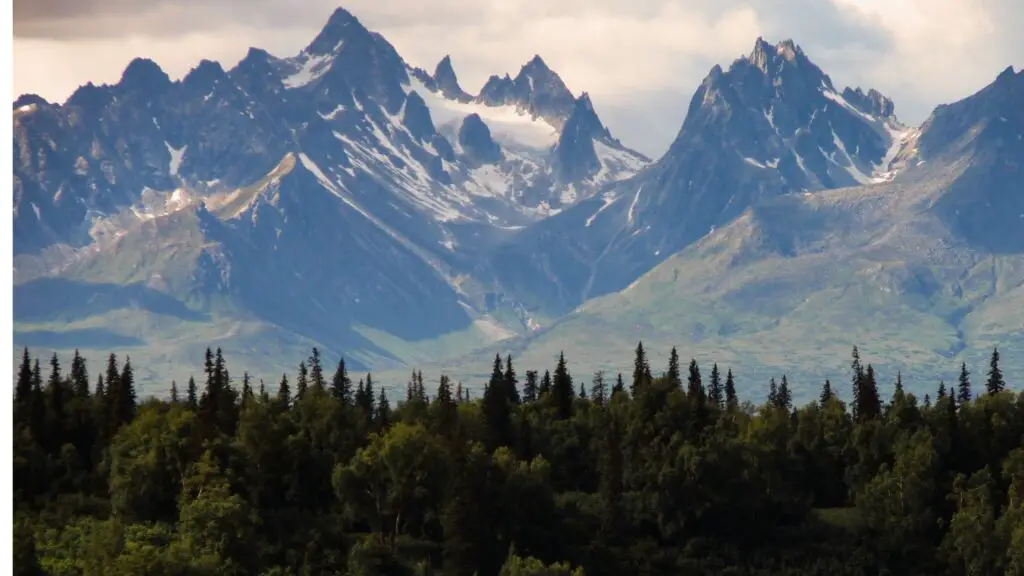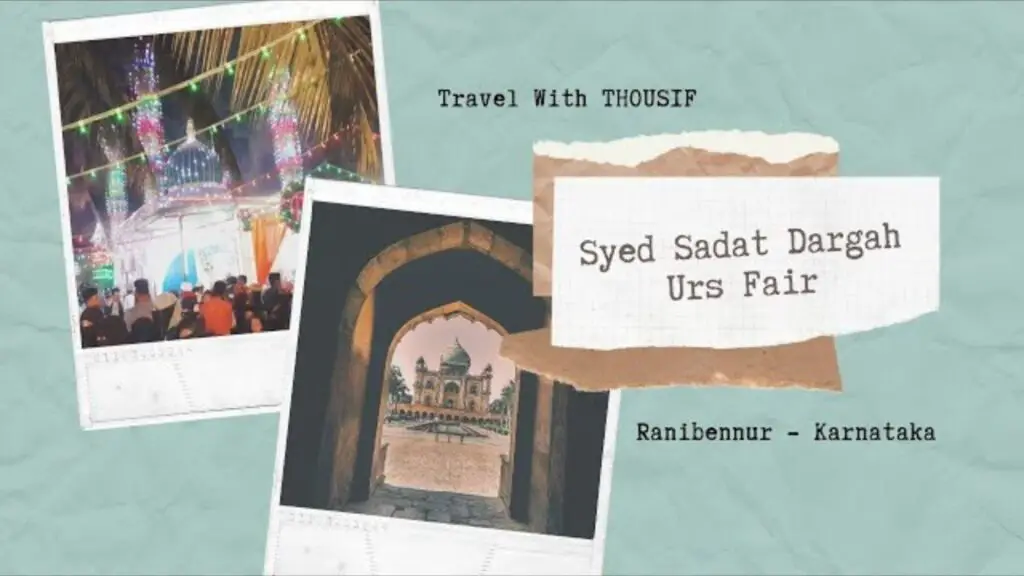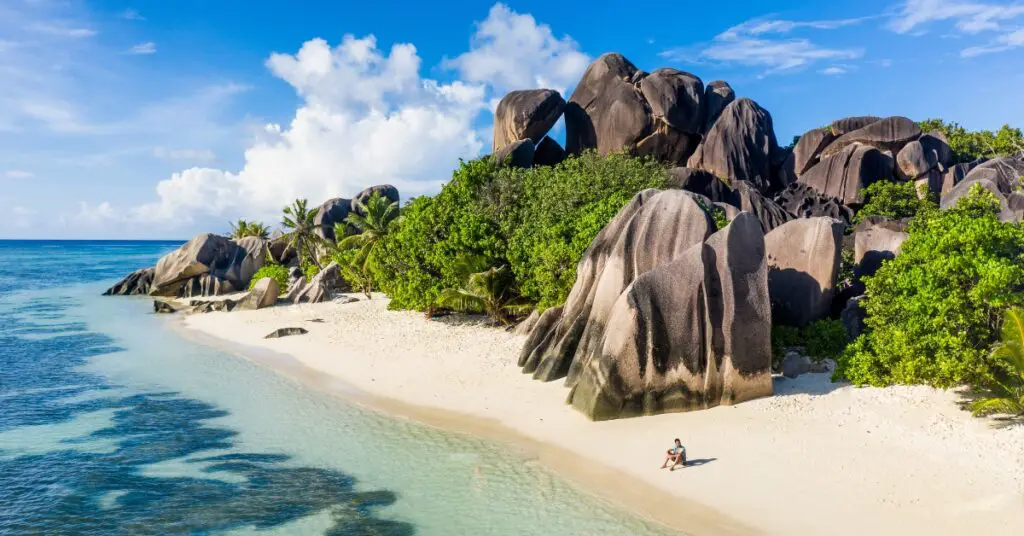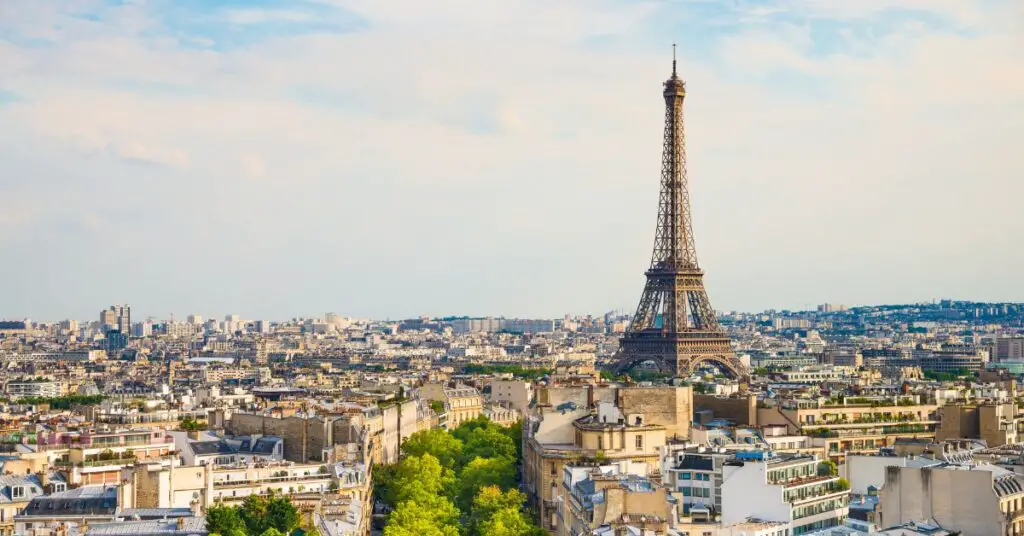Although separated from the rest of the United States, Alaska is one of the most picturesque parts of the country. However, Its seclusion only adds to the beauty and mystery of State 49, making it an attractive getaway spot for fearless travelers and nature lovers.
Along with major cities like Anchorage, it is essential to get out and experience the landmarks and natural attractions that Alaska loves.
Table of Contents
Alaska Highway
The Alaska Highways was built during World War II to connect the contiguous United States with Alaska through Canada.
However, It begins at the junction with several Canadian highways at Dawson Creek, British Columbia, and extends to Delta Junction, Alaska, through Whitehorse, Yukon.
Alaska Native Heritage Center
The Alaska Native Heritage Center is an educational and cultural institution in Anchorage, Alaska. The center opened in 1999. The Alaska Native Heritage Center shares the heritage of Alaska’s 11 largest cultural groups.
Anchorage
Anchorage, Alaska’s largest city, is located in the south-central part of the state at the Cook Inlet. It is also known for its cultural sites, including the Alaska Native Heritage Center, which exhibits traditional handicrafts, performs dances, and features replicas of indigenous groups’ dwellings.
The Anchorage is also a gateway to the nearby wildlife and mountains, such as Chugach, Kenai, and Talkeetna.
Denali National Park And Preserve
Denali National Park and Preserve contains 6 million acres of Alaska’s interior wilderness. Its centerpiece is 20,310-foot Denali (fka Mount McKinley), the highest peak in North America.
The park is home to wildlife, including grizzly bears, wolves, moose, caribou, and Dall sheep, with tundra terrain, spruce forest, and glaciers. Popular summer activities include cycling, hiking, trekking, and mountaineering.
Homer
Homer is a small town in Kachemak Bay on Alaska’s Kenai Peninsula.
A focal point is the Homer Spit, a long strip of land with stores, artwork, galleries, seafood restaurants, and beaches. Fishing boats dock at their port.
Galleries are clustered on Pioneer Avenue near the Pratt Museum, displaying local art and artifacts, including a pioneering booth. In addition, the Alaska Islands and Oceans Visitor Center has wildlife shows.
Iditarod National Historic Trail
The Iditarod Trail, also known as the Seward-to-Nome Trail, refers to a system of historical and contemporary trails over miles in Alaska American state. The path began as a combination of trails established by Alaska Native peoples.
Juneau
The city and town of Juneau, commonly known as Juneau, is the capital of Alaska. Located on the Gastineau Canal and the Alaska Panhandle, it is a unified municipality and the second-largest city in the United States by area. Juneau is a pit stop for most travelers.
Cruises arrive at the port, drop off their passengers at the dock, and stroll around the city for a few hours. However, the cunning traveler (or woman) will see the Alaskan capital as a gateway to Mother Nature.
While the brave can venture into Glacier Bay National Park and Admiralty Island National Monument, less-experienced nature lovers will find incredible scenery in Juneau’s backyard on the Mendenhall Glacier and Tracy Arm Fjord. This small town (with only 30,000 residents) is no longer fueled by mining, the fur trade, and whaling; Outdoor enthusiasts are the economic engines here.
And now, the citizens of Juneau sport cheap souvenirs instead of hunting gear. However, do not bite the hook – the best memories will be the priceless photos you take with your camera. The majestic setting of Juneau leaves many amazed.
Katmai National Park
Katmai Park is located on a peninsula in the southern part of Alaska.
Its wild landscapes encompass tundra, forests, lakes, and mountains.
The park is also known for the many brown bears drawn to the abundant salmon in Brooks Falls. The adjacent observation decks at Brooks Camp offer close-up views of the bears. The Valley of the Ten Thousand Fumes is an area of lava and ash flows formed by a massive volcanic eruption.
Kenai Fjords National Park
One of the most amazing natural places in Southcentral Alaska, Kenai Fjords National Park, is the perfect place to explore marine life, fish for salmon and halibut, and watch glacier ice tumble into the waters below.
Kenai Lake
Lake Kenai is a large “zig-zag” lake on the Kenai Peninsula, Alaska.
The lake forms the Kenai River’s headwaters and is a destination for fishing and other outdoor activities. Due to its size and shape, it is accessible from the Sterling Highway and the Seward Highway.
Ketchikan
Ketchikan is an Alaskan city off the Inner Passage, a popular cruise route along its southeast coast. It is known for its Native American topics, which are exhibited throughout the city. The nearby Misty Fiords National Monument is a glacier-carved wilderness featuring snowy mountains, waterfalls, and salmon spawning streams. It is also home to abundant wildlife, including black bears, wolves, and bald eagles.
Mendenhall Glacier
The Mendenhall Glacier is approximately 13.6 miles long in the Mendenhall Valley, about 12 miles from the center of Juneau in the southeastern U.S. state of Alaska. If you can spend at least half a day, there are many ways to get closer to this majestic glacier.
Enjoy hiking trails that stretch along the surrounding terrain, including a moderately easy and well-marked route to Nugget Falls.
Winding along Mendenhall Lake, the closest path to the glacier itself, you will find a stunning 377-foot waterfall that cascades down into an iceberg lake with a magnificent glacier in the background, another incredible photo opportunity. From July to September, hike the platform trails that stretch along the Steep Creek Trail adjacent to the Visitor Center.
You will see swimming and spawning sockeye salmon and occasional black bear fishing for lunch. (Do not worry, bears rarely climb platforms.) The Path of Time shows the power and long-term impact that the glacier has on the environment.
As it moves away from the glacier, it goes through changes in the landscape and vegetation that correspond to the time elapsed since the glacier retreat. With more time to spend, there are also many additional options.
A more challenging trail, the East Glacier Loop, leads through ancient forests to see a waterfall near the glacier face. This trail (2-3 hours) is steep but perfect for school-age children. More experienced hikers should try the West Glacier Trail, which follows the lake’s edge and glacier, providing access to the ice.
Totem Bight State Historical Park
Many museums display pieces of Native American culture as things to be seen and reflected. Still, Totem Bight State Historical Park presents Alaska Native culture as something to live and explore in 3D.
Built-in a former native fishing area in Southeast Alaska, just outside Ketchikan, the park offers a complete re-creation of a 19th-century Alaska Native village, whose original elements and traditional structures were abandoned be claimed by nature. In 1938, the US Forest Service used funds allocated to the Civilian Conservation Corps (also known as “CCC”) to hire expert carvers from the oldest indigenous population to rescue and rebuild the remaining cedar monuments.
In the process, a whole new generation was trained in an ancient tradition while preserving or duplicating precious specimens that would have been lost forever. In 1940, the park was dispersed with 15 elements and a large clan house, all built under the supervision of Alaskan architect Linn Forrest.
The clan house alone could house around 30-50 people and feature a large central fireplace and carved posts supporting the ceiling beams that symbolize Duktoothl’s exploits. Raven phratry man wearing a weasel fur hat showed strength by breaking a sea lion in two.
Across the terrain, the Raven repeatedly appears, as tribal tradition will call him responsible for bringing the sun into the universe. With such cultural significance at every turn, the only element in Totem Bight that stands out above the rest is that of a man being eaten up by an angry mystical creature. Although this totem has a deeper meaning, what can be gathered only with human expression is enough to provoke most of the laity’s laughter.
Wrangell St. Elias National Park and Preserve
Wrangell St. Elias, the largest national park in the United States, is home to four high mountain ranges, the second-highest peak in the U.S., one of the largest active volcanoes in North America, and massive glaciers.
The park’s climate may become less suitable for 32 bird species by 2050, for example, Say’s Phoebe and Smith’s Longspur; the latter could be extirpated in the park for decades to come. Meanwhile, the park’s climate could be more suitable for 42 species, such as the sharp-tailed grouse and the red-breasted nuthatch.
Conclusion
Alaska is a mesmerizing state. It is a must-visit in a lifetime place.
Get our best stuff sent straight to you! Join our WhatsApp Channel.







Pingback: 8 Places To Buy Beach Vacation Home In The USA